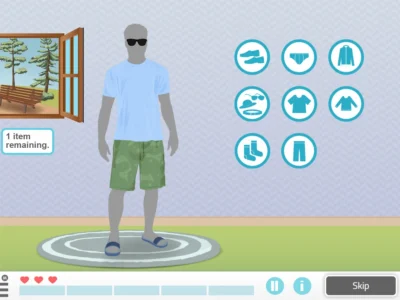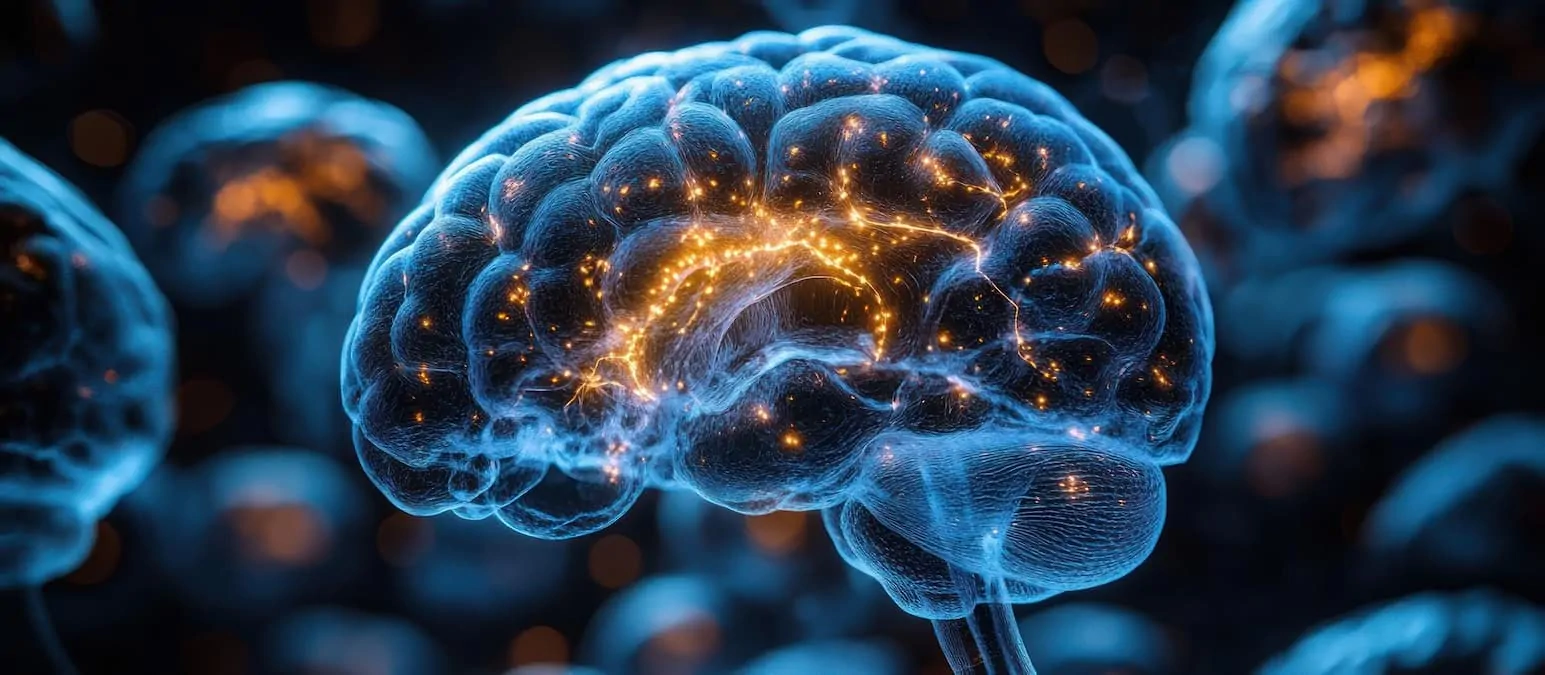The neuropsychology team at INANP tells us how they work on cognitive stimulation in children with neurodevelopmental problems with NeuronUP
At INANP we receive a large number of underage patients who suffer from disorders
related to neurodevelopment. When they arrive at our center, the first step is to carry out an assessment to detect the problems they present.
From there, an intervention plan is established, in which, in most cases, cognitive stimulation is carried out.
Profiles to which the intervention is applied
The profiles treated at the center are very diverse. In addition, it should be noted that each case presents a series of specific characteristics. This means that the intervention process is continuously adapted to the needs of the case.
However, there are a number of profiles that are often candidates for work through cognitive stimulation, which we list below:
- Attention Deficit and/or Hyperactivity Disorders (ADHD)
- Autism Spectrum Disorders (ASD)
- Learning Disorders
Depending on the requirements we find, some areas or others will need to be addressed. However, we always choose to apply tools and processes in accordance with the patient’s progress and situation.
How is cognitive stimulation carried out?
The first point is the specification of the professional’s work objectives, taking into account the patient’s needs. Therefore, the professional’s participation in adapting their intervention and considering non-therapeutic variables, such as the emotional state, the context, etc., is fundamental.
From there, it is necessary to establish the tools that will be used by the professional to address the different difficulties presented by the patient in question.
What tools can be used?
Currently, there are various options available to carry out cognitive intervention. As already mentioned, it is important to take into account the patient’s circumstances, and therefore the tools that may be useful for their needs.
In our case, the neuropsychology team uses NeuronUP, among others, to complement this process.
NeuronUP in three words
Our team describes the tool with the following adjectives:
Versatile
It helps us adapt to different environments and profiles. This means that within the same tool, we can cover many types of cases. In addition, it allows for a personalized selection of exercises in line with what the professional wants to work on in each session.
Diverse
It has many variables, which allow work on different cognitive areas, such as attention, memory, language, orientation, praxis and gnosis, among others. This makes it an option suitable for the center’s daily work, since we must adapt to very diverse cases.
Intuitive
We consider that one of the strongest points of the application is its ease of use. It is very simple to work with for both the professional and for the patient and the families we serve.
This is a fundamental characteristic, since in our team we prioritize making the entire intervention process with families easier and avoiding potential issues.
Advantages of using NeuronUP
With the foundations of the tool defined, from our point of view, NeuronUP has a number of benefits that fit within the work carried out as far as cognitive stimulation is concerned:
Personalization
This allows the team to adapt exercises and games to each patient specifically. In this way, a variety of activities and levels are offered that are useful for progressing in the patient’s process.
Possibility of blended work
Another convenience it offers is the ability to design a plan with families, in which work can be done both in person at the center and by establishing online sessions, allowing them to carry out the activities from their own homes.
At our center, we treat cases from different parts of the country, as well as from other countries, so this option facilitates the cognitive intervention work.
Generates motivation in patients
Being a digital application makes it a very attractive tool to work with the youngest patients. This also leads to greater adherence, since the intervention process has a more playful and entertaining approach.
Reliability
NeuronUP is designed on a solid theoretical basis, which makes the professional feel confident using it. It is important to work with validated material, as this provides reassurance both to the team and to the families.
Facilitates communication
A strong point of the tool is its NeuronUP Score functionality. This option allows us to obtain patient data, observing strengths and weaknesses. This enables the professional to quantify progress and convey it to the families more easily.
Continuous evolution
It should be noted that this platform has evolved a lot since its beginnings. There are continuous improvements and we increasingly find more features and advances within it.
Adequate support
It is also essential to have good user support when an issue arises. From our experience we can assure that the support has always been quick and effective.
Conclusion
There are many advantages that our team perceives in NeuronUP. Therefore, we trust this platform to be able to offer the best to the families who come to our center.
If you liked this article about educational inclusion and how to work on it with NeuronUP, you may also be interested in the following articles:
“This article has been translated. Link to the original article in Spanish:”
Cómo trabajar la estimulación cognitiva en niños con NeuronUP







 Neuropsychological Intervention with NeuronUP for Specific Language Disorder
Neuropsychological Intervention with NeuronUP for Specific Language Disorder
Leave a Reply